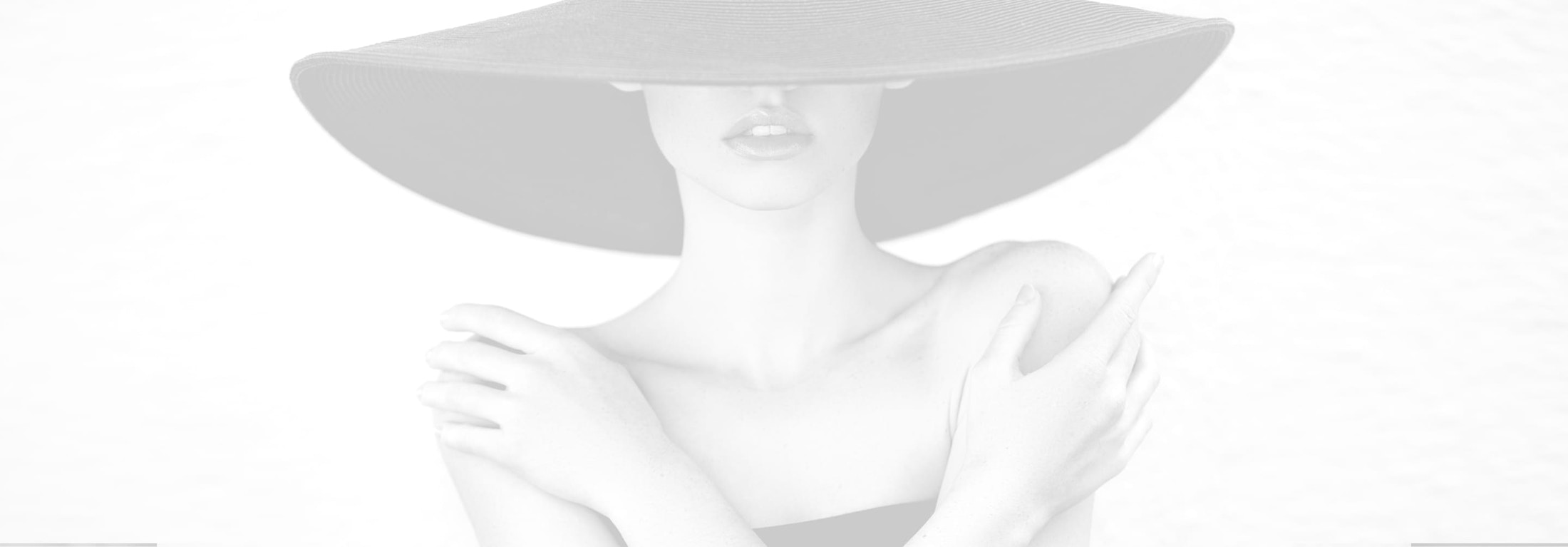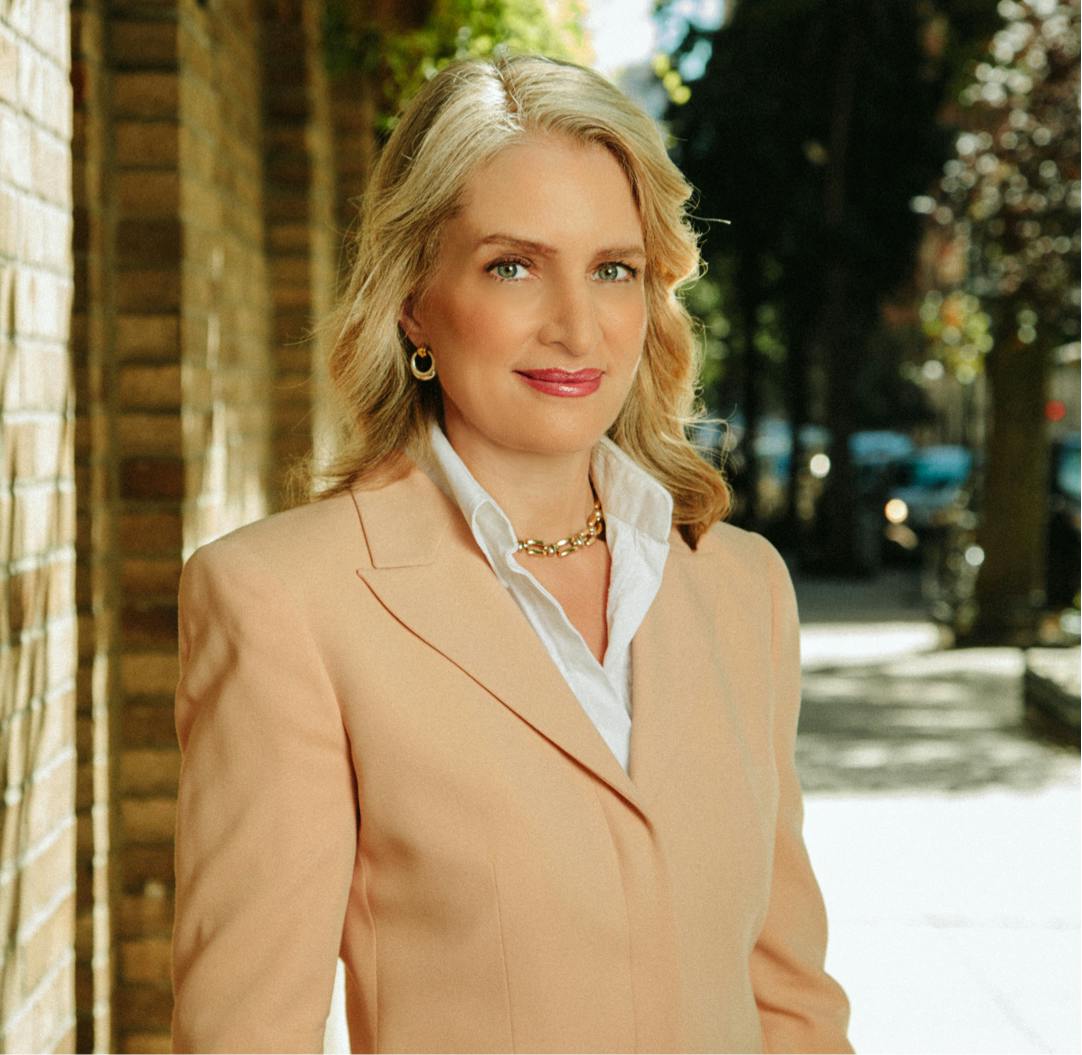Otoplasty (ear surgery) improves cosmetic aspects of the ears and often provides significant psychological benefits to those who are bothered by their appearance. Dr. Hutchinson is a Fellowship educated, board certified plastic surgeon in NYC who takes time to actively listen to her patients’ concerns and produce personalized, elegant, and long-lasting results.
What CanEar Surgery Address?
- Abnormal ear cartilage shape (lop ear, Stahl’s ear, etc.)
- Cauliflower ear (resulting from repeated trauma and multiple hematomas)
- Large, stretched, or torn earlobes
- Earlobes with large creases and wrinkles
- Microtia (abnormally small ears)
- Accessory ear cartilage (present as small protrusions in front of the ear)










